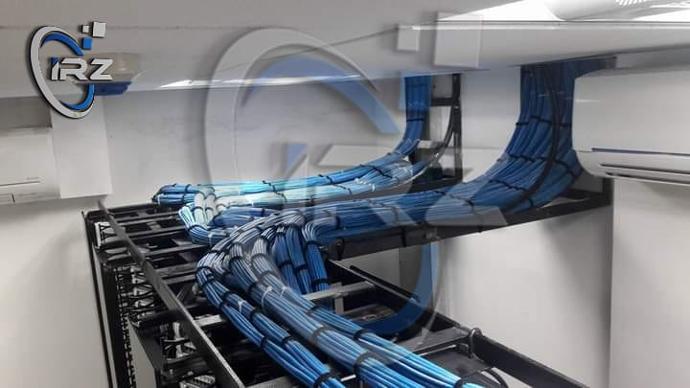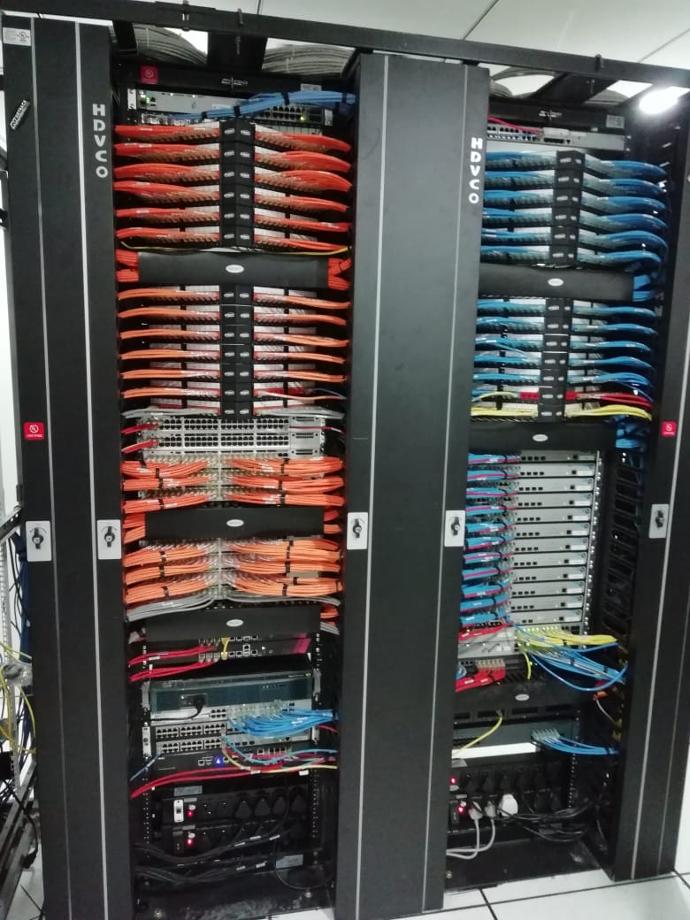Networking Services
Connectivity
Storage and Backup
Virtualization
Data Center
Security
Monitoring
Trends affecting network services .
The accelerated shifts to remote and hybrid work and to the cloud are the trends making the most impact on the access and delivery of network services. The following sections summarize these closely related trends and some of their challenges.
Remote and hybrid work models
Today, many users need to access data and applications from just about anywhere—such as from home offices and other remote locations—using their own devices.
As more organizations are expected to support remote or hybrid work for the long term, and with applications' requiring more bandwidth, it's important for IT professionals to make sure that their network services and infrastructure are up to the task.
That's why many are looking at the NaaS cloud model for operating their network flexibly, reliably, and cost-effectively. NaaS surpasses traditional network infrastructure in its ability to make scaling resources up or down easier, speed service deployment, and support elimination of some hardware costs.
The need to rethink network architecture
Expanded use of remote and hybrid work and of cloud technology is adding to IT teams' already complex challenge of keeping the network running optimally and delivering services reliably.
The teams must help to ensure that network users have a good experience when accessing applications—no matter where the users are connecting from, what devices they're using, or how they're connecting.
With application access extending beyond the local-area network (LAN), many enterprises are reevaluating their IT infrastructure and their approach to network management.
As part of that reevaluation, many organizations are considering a SASE architecture as a way to gain the connectivity, security, and observability their IT teams need to meet new and evolving demand for network services. This cloud-native architecture can also help them streamline networking and security functions, so that they can reduce IT workloads.
Also, many organizations are considering deployment of CDNs to support their remote and branch users.
Cloud
The cloud helps organizations support "anywhere working," a trend that has accelerated considerably during the global health crisis. Expanded remote work has also prompted many organizations to move more of their on-premises applications and workloads to the cloud, to increase agility and resilience.
A multicloud strategy has led to a rapid rise in the use of hybrid clouds, which combine on-premises and public clouds and can be centrally managed.






